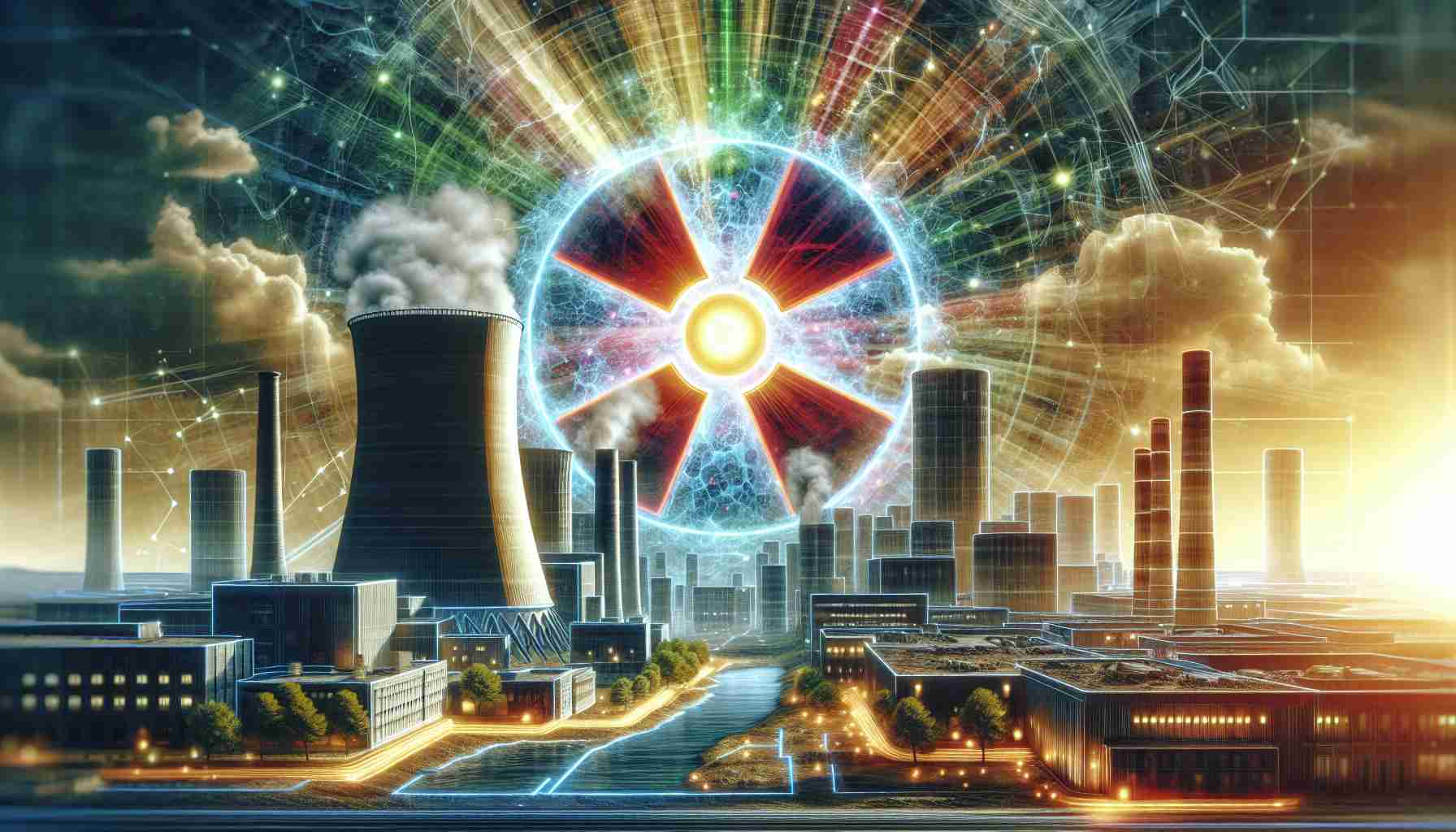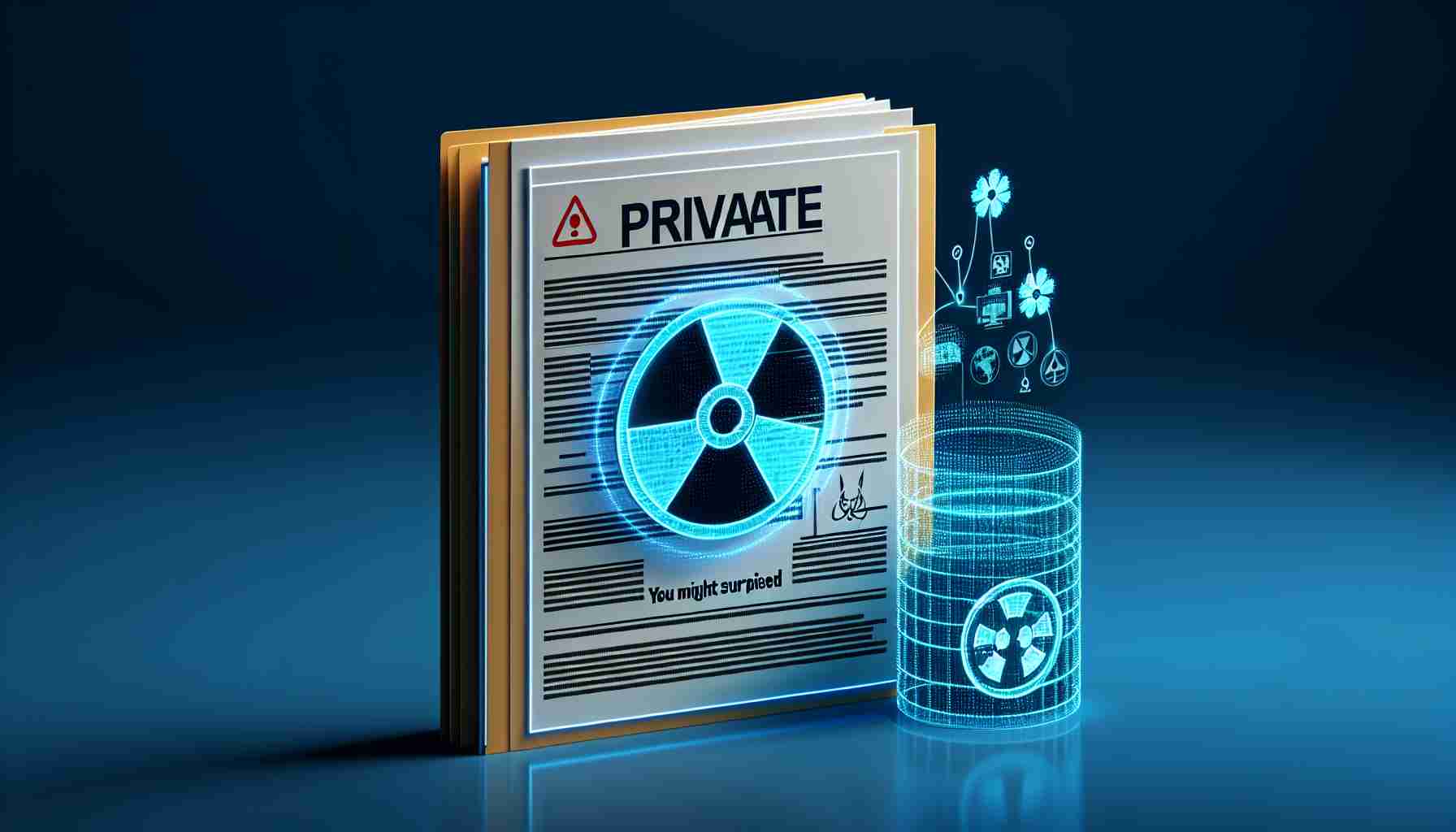The Future of Energy on the Line
In an unexpected twist, nuclear energy is regaining traction in the United States, capturing the attention of both the public and major corporations. Recent data reveals that about 56% of Americans now endorse increased nuclear energy production, a jump from previous years.
With the Inflation Reduction Act of 2022 catalyzing financial support for aging nuclear plants, the industry is witnessing a renaissance. This legislation offers generous tax incentives aimed at keeping existing facilities operational, encouraging aging power plants to extend their lifespans rather than shutting down.
Interest from tech giants is also invigorating the sector, as companies like Microsoft and Amazon forge partnerships to harness nuclear energy for their massive data centers. This renewed interest has transformed formerly endangered plants into viable candidates for refitting and redevelopment, breathing new life into the industry.
Furthermore, modifications known as uprates are enhancing the efficiency of existing reactors, effectively increasing their output without constructing new facilities. However, even as the current landscape brightens, the future hinges on whether this momentum can support the construction of entirely new reactors.
While advanced technologies, such as small modular reactors, promise cost-effective solutions for new builds, significant investments and a commitment to modernization are crucial. Industry experts stress that the coming years will be pivotal for nuclear energy’s role in the fight against climate change.
Nuclear Energy’s Resurgence: What You Need to Know
As nuclear energy experiences a significant revival in the United States, both public sentiment and corporate interest are aligning to rejuvenate this vital sector. Here, we explore the implications, innovations, and future of nuclear energy.
Current Trends in Nuclear Energy Adoption
Recent surveys indicate that 56% of Americans now support increased nuclear production, reflecting a growing recognition of its potential role in reducing carbon emissions and generating stable energy. This shift has prompted renewed discussions about energy strategies at both local and national levels.
Key Legislation: The Inflation Reduction Act of 2022
The Inflation Reduction Act of 2022 has played a significant role in funding existing nuclear facilities, promoting their longevity and operational effectiveness. This legislation provides financial incentives for retrofitting and upgrading aging plants, presenting a feasible solution to meeting future energy demands without the need for immediate new construction.
Corporate Involvement and Partnerships
Major technology companies like Microsoft and Amazon are increasingly investing in nuclear energy to power their data centers. This partnership not only helps them achieve their sustainability goals but also encourages the nuclear industry to innovate and expand. With tech giants taking an active role, we can expect enhanced research and development in nuclear technologies.
Technological Innovations: Small Modular Reactors
The advent of small modular reactors (SMRs) is a game-changer for the nuclear sector. These reactors promise a more flexible and cost-effective approach to new nuclear builds, making it feasible to deploy nuclear energy in more locations. Their smaller size allows for easier integration into urban energy grids, which can help alleviate energy shortages in densely populated areas.
Advantages and Limitations of Nuclear Energy
Pros:
– Low Carbon Emissions: Nuclear power produces minimal greenhouse gas
The source of the article is from the blog trebujena.net



